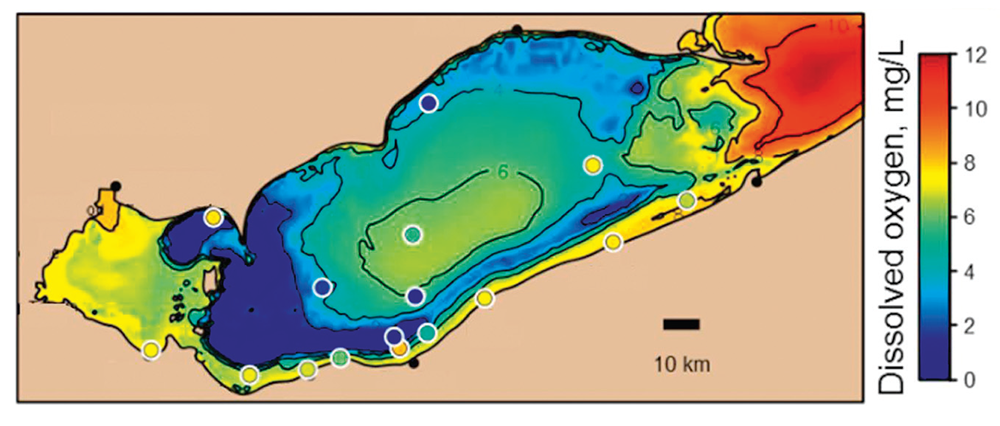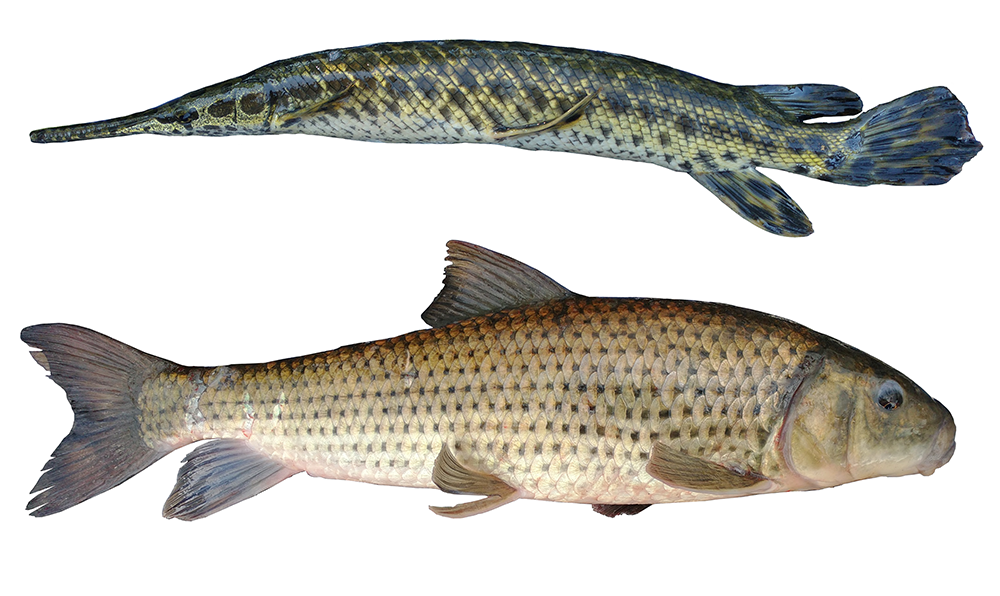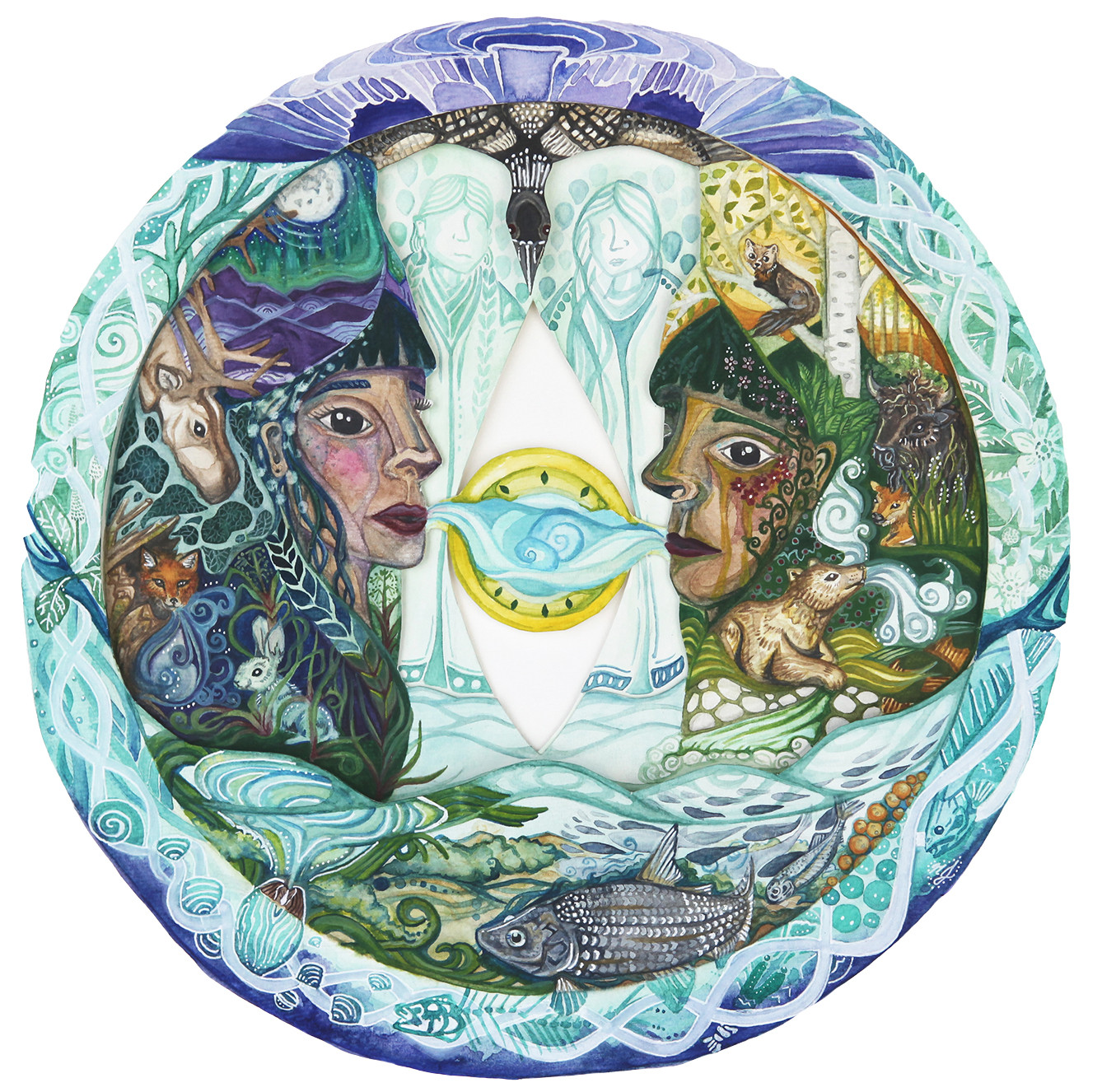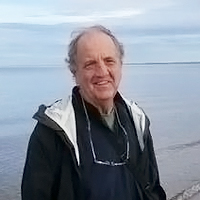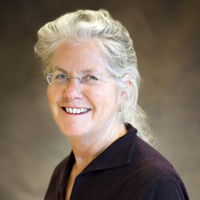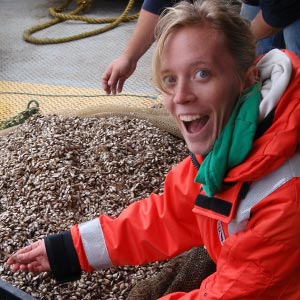
On the Cover

The shores of the shallow Titicaca Lago Menor, in particular Cohana Bay, are the sites of the exuberant development of Totora (Schoenoplectus californicus), an emergent macrophyte native to the Andes. This resource has enabled the development of ancestral civilizations (Tiwanakotas, Incas, Aymaras, Uros, ...) thanks to its uses in the construction of thatch roof and traditional boats (balsas), handicrafts, and also as fodder for cattle and camelid breeding (llamas, alpacas). Ancestral tradition as well dictates that at the end of the dry season, when water levels are at their lowest, indigenous communities replant totoras. In addition, Totoras act as a natural biological filter for contaminants and nutrients, via their uptake by benthic microalgae in the biofilm covering the submerged part of the stems. It is this capacity that we have tested in our article entitled “Responses of phytoplankton and periphyton community structure to an anthropic eutrophication gradient in tropical high-altitude Lake Titicaca” (Lanza et al. this issue) by analyzing the gradient of decreasing eutrophication observed in the waters of Cohana Bay, between the Katari River mouth and the outlet into Lago Menor. Here, the photo shows the traditional harvesting of totoras for fodder, by a farmer onboard his boat.
Credits: Xavier Lazzaro, Ph.D., IRD.
Volume 50, Issue 2
April 2024



